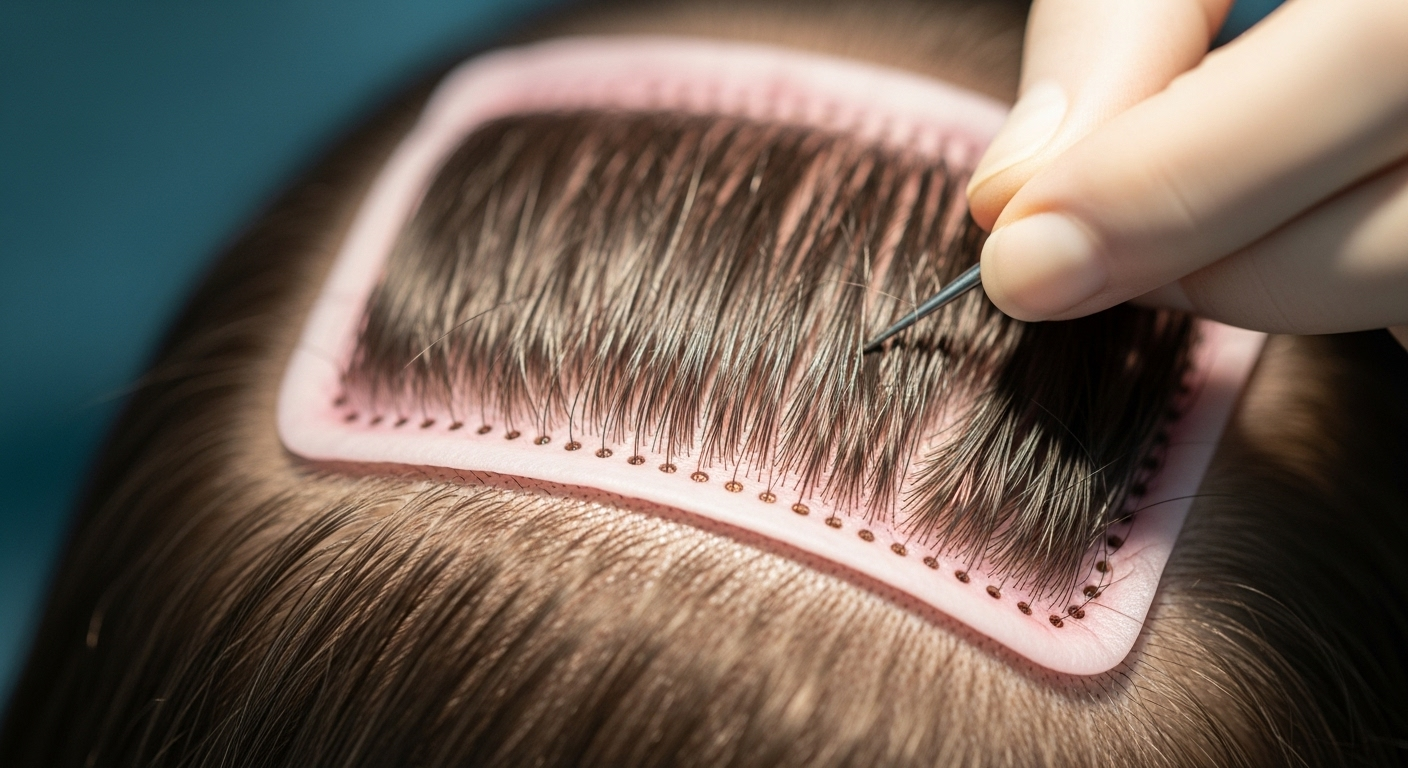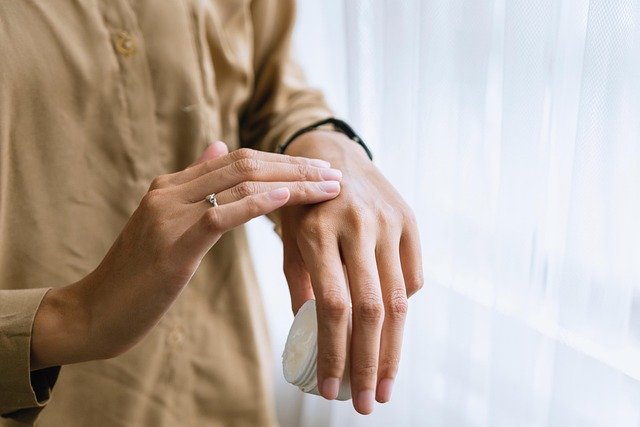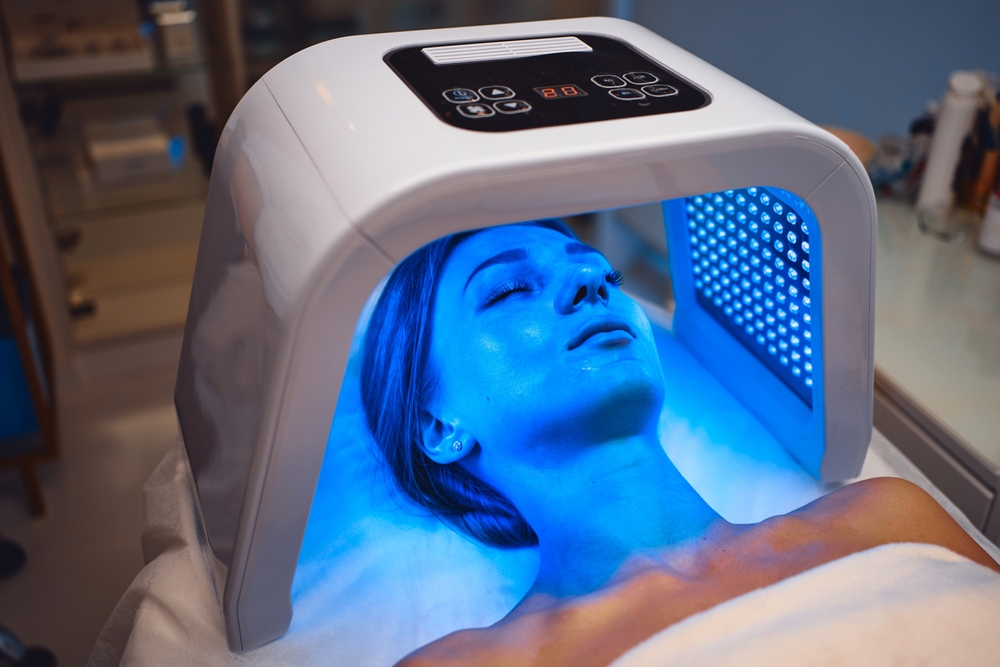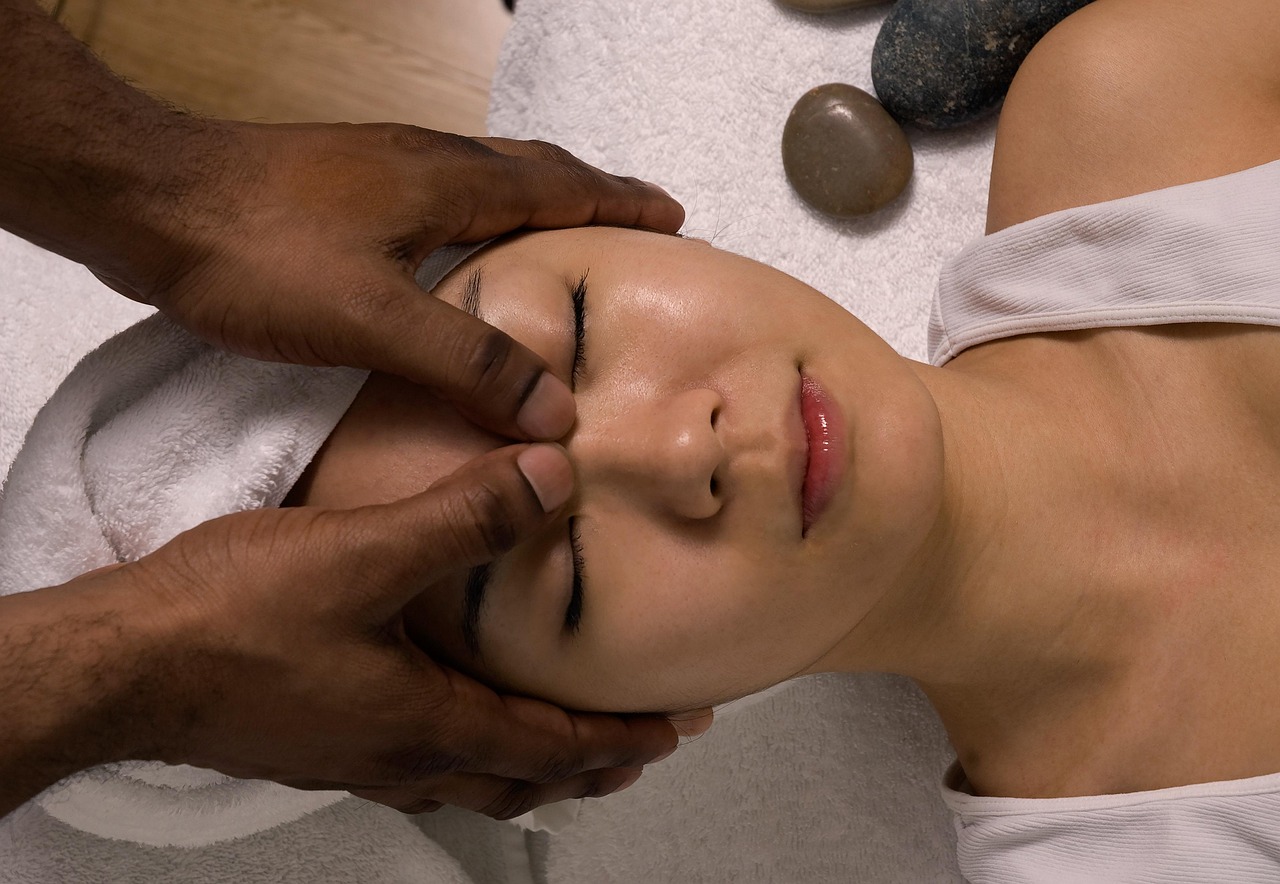Eyebrow Transplant: Cosmetic Procedure and Surgery Guide
Eyebrow transplants have become a sought-after beauty service for people wanting fuller, natural-looking brows after hair loss, over-plucking, or genetics. This article explains what an eyebrow transplant entails, how the cosmetic procedure differs from other treatments, and practical considerations when researching local services and surgeons. This article is for informational purposes only and should not be considered medical advice. Please consult a qualified healthcare professional for personalized guidance and treatment.

What is an eyebrow transplant?
An eyebrow transplant is a cosmetic hair restoration technique that moves donor hairs—typically from the scalp—to the eyebrow area. Unlike topical treatments or tattooing, the transplant uses real hair follicles to recreate natural hair direction, density, and arch. Results evolve over months as transplanted hairs enter growth cycles; many patients require some trimming or shaping because scalp hair can grow faster than native eyebrow hair. The goal is to produce brows that look and feel like natural hair, matching facial proportions.
How does a transplant cosmetic procedure work?
Most eyebrow transplants use follicular unit extraction (FUE), where individual follicular units are harvested and then implanted into tiny recipient sites in the brow. Under local anesthesia, a surgeon or trained technician creates micro-incisions that follow the natural angle and orientation of eyebrow hair. Careful planning determines placement, density, and symmetry. The procedure is usually performed outpatient and can take a few hours depending on how many grafts are needed. Post-procedure instructions often include gentle cleaning and temporary avoidance of strenuous activity.
Is eyebrow surgery safe and who is a candidate?
When performed by an experienced clinician, eyebrow transplant surgery is generally considered low risk, but like any surgical procedure it carries potential complications such as infection, scarring, patchy growth, or temporary numbness. Good candidates include people with stable hair loss patterns, scars in the eyebrow area, or those seeking permanent hair rather than cosmetic tattooing. Candidates should be in good overall health, have realistic expectations, and discuss medications, allergies, and prior dermatologic or surgical history with their provider before proceeding.
What to expect during the cosmetic procedure recovery?
Initial recovery includes mild swelling, redness, and tiny scabs around implanted follicles; these typically resolve in one to two weeks. Transplanted hairs often shed within a few weeks—this is normal—and new growth becomes visible after about three to four months, with more substantial results by six to nine months. Patients may need follow-up visits to assess growth and refine shaping. Proper aftercare—avoiding rubbing, following cleaning protocols, and protecting the area from direct sun—helps optimize healing and final cosmetic outcome.
How to choose local services for an eyebrow transplant?
Selecting the right clinic or surgeon is key. Look for providers who specialize in hair restoration or facial cosmetic procedures and who can show before-and-after photos of eyebrow-specific cases. Confirm credentials, ask about technique (FUE vs. others), inquire about the team who will perform the work, and request a clear treatment plan with realistic timelines. Patient reviews and an in-person consultation to evaluate facial proportions and discuss expectations are valuable. It’s also wise to verify infection-control practices and the availability of follow-up care.
Conclusion
An eyebrow transplant is a specialized cosmetic procedure that can deliver durable, natural-looking brows for the right candidate. Understanding how the transplant and surgery work, realistic recovery timelines, and what to look for in local services will help you evaluate whether this beauty service aligns with your goals. Because outcomes depend on technique and practitioner experience, thorough research and a medical consultation are important steps before proceeding.




